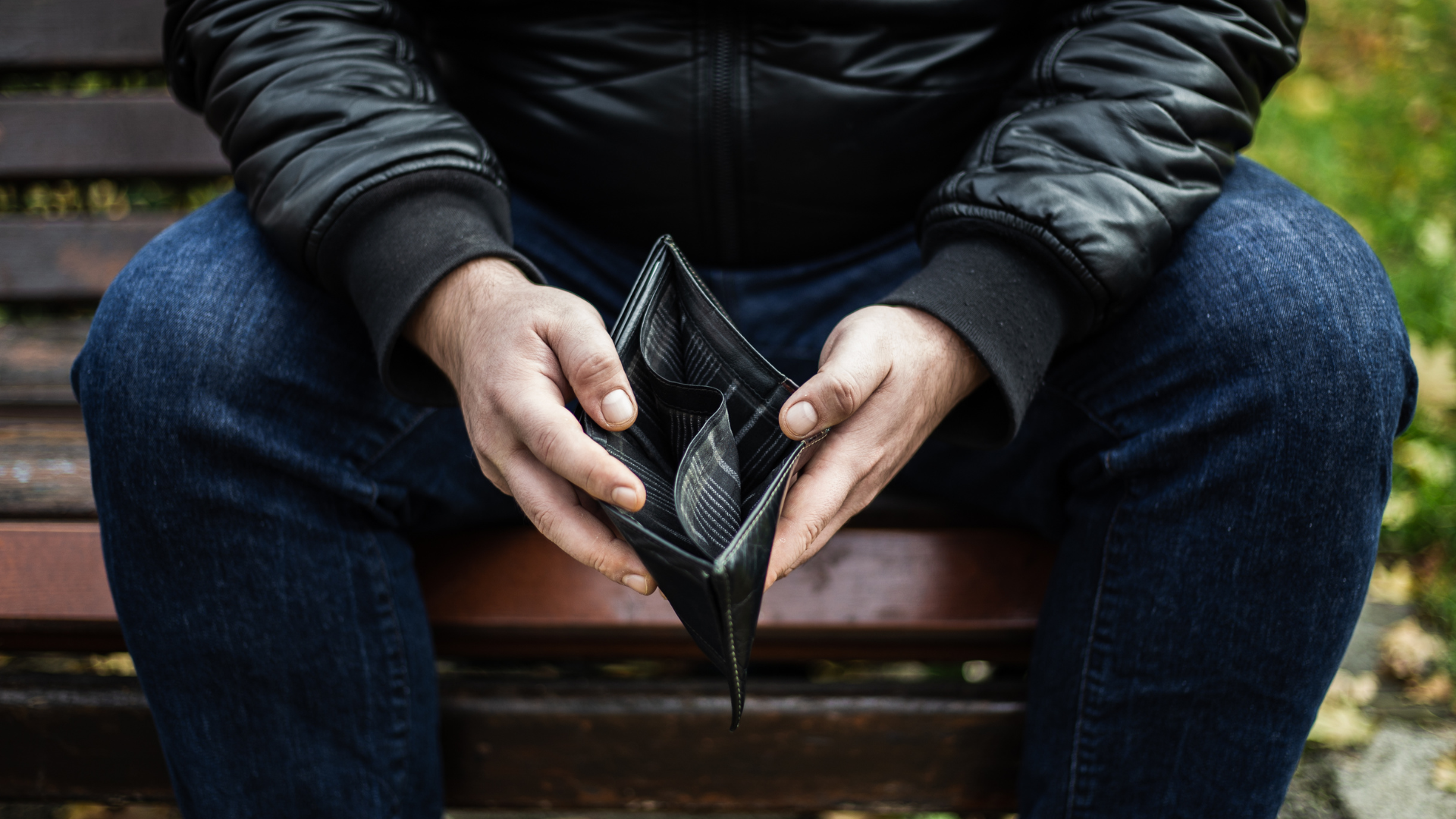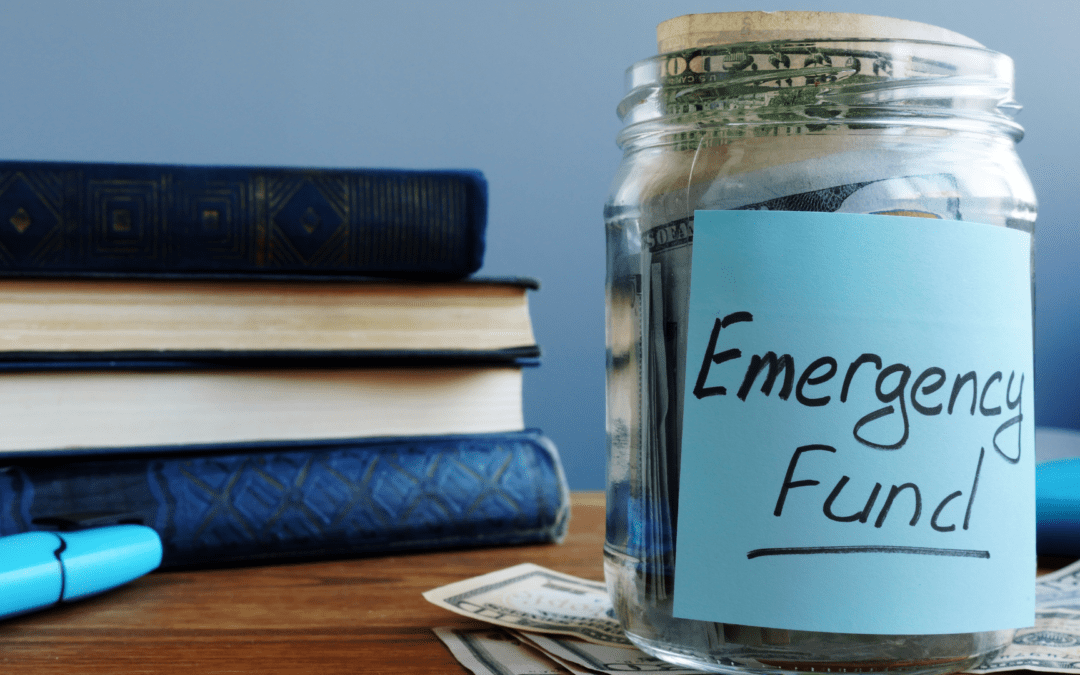We all want to be financially secure. Life, however, is full of uncertainties. Cars break down and layoffs happen. You may suddenly be on the hook for a few thousand dollars or find yourself without an income.
This is where the emergency fund comes in. It’s your financial safety net, providing peace of mind and protection when life throws you a curveball. But, how do you start an emergency fund and what kind of emergency funds should you have? Let’s dive into the essentials.
Why Start an Emergency Fund?
Before we talk about the “How?”, let’s look at the “Why?”.
An emergency fund is a dedicated savings account meant to cover unexpected expenses. It’s not for vacations, home improvements, or other planned expenses. It’s strictly for financial emergencies.
An emergency fund will provide you peace of mind in knowing that you have a financial cushion to handle the unexpected without the added stress of wondering how you will pay for it.
It also helps you avoid accruing high-interest debt from credit cards or personal loans.

The Two Levels of Emergency Funds
We generally talk about two types of emergency funds. The Starter Emergency Fund and the Personal Emergency Fund.
The Starter Emergency Fund is typically the first step for those beginning their financial journey. The goal is usually to have around $3000-$5000, depending on your unique financial situation.
This fund should be enough to cover things like minor car repairs or emergency medical fees.
Now that we know what it’s for, how do you start building it?
- Automate Savings: Set up an automatic transfer from your checking account to your savings account once a month.
- Cut Non-Essentials: Identify areas in your budget where you can reduce spending and redirect that money to your emergency savings account.
- Add Unexpected Money: Immediately put any bonuses, tax refunds, or any other unexpected income into the account.

Once you have a good Starter Emergency Fund in place, the next goal becomes saving for a Personal Emergency Fund.
This type of emergency fund is for life-altering events such as job loss, a drastic decrease in income, or serious health issues. Having this fund ensures you can maintain your lifestyle and meet your obligations without going into debt.
It should cover three to six months of living expenses, giving you enough time to adapt to your change in circumstances.
So, how do you build the Personal Emergency Fund?
- Increase Contributions: Once your starter fund is in place, gradually increase your monthly contributions if you are able to.
- Adjust Your Lifestyle: Consider how you can change your lifestyle to free up more money for savings.
- Prioritize: Delay any large non-essential purchases or investments until your fund is firmly established.
*** Bonus Emergency Fund Pro Tip ***
You want your emergency fund money to be easily accessible, so you don’t want it tied up in investments. However, you can still make this money work for you. It doesn’t need to just sit in an account.
A high-yield savings account is a great option for housing your emergency fund as it earns much more interest than a typical savings account. You just want to ensure that you can easily and quickly make a withdrawal when the unexpected happens.

Building an emergency fund is one of the best things you can do to bring more financial security to your life. Whether you are starting with a smaller goal or trying to build a personal emergency fund, the key thing is to start TODAY. Even if you are only able to save $25 a month, it’s still a start.
Life is unpredictable, but with a well-established emergency fund, you can face these challenges head-on without the added stress of worrying about your finances.
So, open that savings account, set up automatic transfers, and begin building your financial safety net. Your future self will thank you.
Meredith Jones, DVM, CSLP®, AFC®

